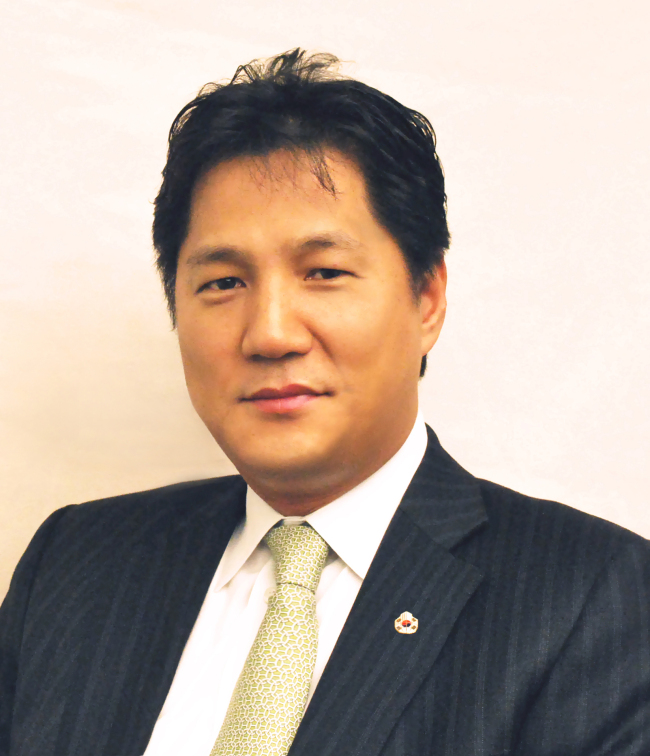In 2013, the central business district office market saw its vacancy rate rise due to new supply. In the first half of the year, three projects totaling an approximate gross floor area of 161,323 square meters were introduced into the CBD market.
Looking forward, although new supply in 2014 are much less than seen in 2013, various Cheongjin office development plans are scheduled to becoming available in 2014. However, some new completions will be occupied by owners in the CBD area. Market conditions will require landlords there to continue to offer lease incentives.
The Gangnam business district has experienced an increase in vacancy because some IT companies have been moving out of the Gangnam area.
Most of Samsung’s affiliates have moved to the Samsung Global Engineering Center, which was newly completed in Gangdong-gu. NCsoft decided to relocate from the GBD to Pangyo. Microsoft relocated its headquarters from GBD to the CBD area.
Although the vacancy rate in the GBD is forecast to increase, resulting from expected relocation of game companies in 2013, a slight increase is expected in the vacancy rate in the GBD area in 2014 due to limited supply.
In the Yeouido business district, the Federation of Korean Industries building launched during the second half of 2013, adding 168,681 square meters to the market. The vacancy rate in the district reached an all-time high with the FKI’s completion. In the Yeouido business district area, average monthly rents are expected to decrease, despite the traditional demand by the financial and securities sector for substantial office space.
Market conditions will require landlords to continue to offer lease incentives due to new supply impact in CBD and YBD. Given great opportunities for tenants in these market conditions, occupiers will actively review relocation from lower grade to prime office buildings. Thus, attractive rates among top-tier properties will continue to spur a “flight to quality” and help grade A rates to stabilize in 2014.
New supply will decrease from 2015. If a market becomes a landlords’ market in 2015, landlords will restrict rental-free incentive periods on the back of a recovery in office demand.
Retail market
The domestic economic slowdown has caused expensive brands’ revenue to decrease whereas specialty retailers of private label apparel brands have started to boom. With the tapering of the fast-fashion brand boom that started in 2008, the trend has also impacted the robust growth in rent as rent levels have recently stagnated.
The market has been experiencing different perspectives on lease terms due to the prolonged recession as the tenants prefer to pay rent based on the percentage of total sales, while the landlords prefer fixed rent amounts.
This trend is across all sectors including fashion, food and beverages. However, although the domestic economic slowdown could possibly affect the SPA brands’ prosperity in 2014, global retailers will continue to compete for prime space.
The 2014 outlook appears encouraging with a large number of European and American retailers launching their brands. Demand for prominent locations in the prime areas remains high, and rents particularly in Myeong-dong, Gangnam and Garosu-gil are high due to the increasing numbers of tourists and continuous openings of foreign fashion chains.
Meanwhile, the future seems very positive for outlets in Korea. With more outlets to come, the competition is expected to intensify between outlets, shopping malls and department stores. Consumers are beginning to shift their spending habits away from department stores to modern shopping malls.
The concept of the mall has evolved into large-scale multi-complexes. Leading department store brands, including Lotte, Shinsegae and Hyundai, are now planning to expand their stores with a mixed-use concept rather than the traditional department store format.
Investment
In 2013, core investment-grade office buildings on the market attracted multiple interested investors. Most of the interested parties were local institutional investors.
However, we do notice an increasing number of overseas investors waiting on the sidelines for core Seoul office investment opportunities. In 2014, we forecast the trend to continue and the competition to increase among local and overseas investors. Some investors holding core office assets may decide to put the assets up for sale earlier than planned to benefit from the increased competition.
We witness many Korean institutional investors entering into Europe, the Middle East, Africa and other overseas markets aggressively and trying to buy core assets.
 |
Richard Hwang |
By Richard Hwang
The writer is a managing director of Cushman & Wakefield Korea, which consults corporate clients on leasing, sales and management services. The opinions reflected in the article are his own. ― Ed.








